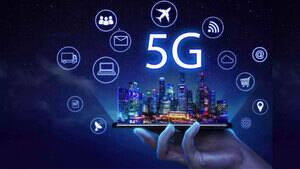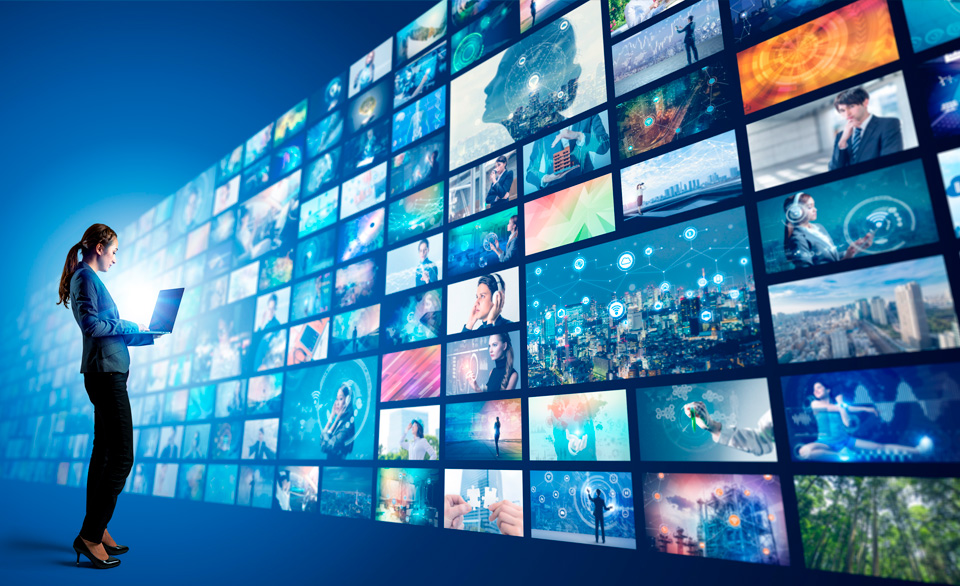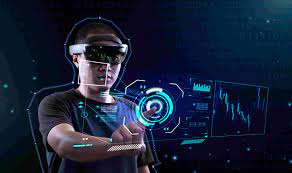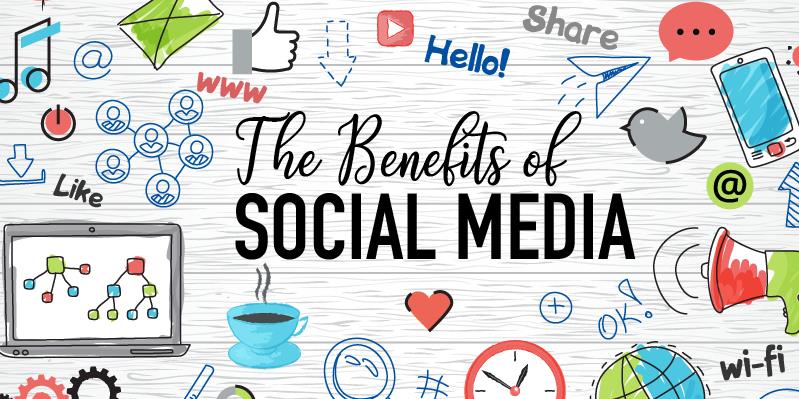5G technology and Concept of Potential Impact On Society
Fast-paced digital world of 5G Technology, staying connected has become an integral part of our daily lives.

5G Technology, staying connected has become an integral part of our daily lives. From streaming videos and browsing social media to controlling smart appliances and autonomous vehicles, the demand for faster, more reliable, and low-latency connectivity is ever-increasing.
This demand has paved the way for the next-generation wireless technology known as 5G. In this blog post, we will delve into the concept of 5G technology and explore its potential impact on society.
Understanding 5G Technology
What is 5G Technology?
5G, short for "fifth generation," represents the latest advancement in wireless technology. It succeeds 4G (LTE) and promises to deliver significantly faster data speeds, lower latency, and increased capacity. Unlike its predecessors, 5G is not merely an incremental improvement but a transformative leap forward in wireless communications.
Key Features of 5G Technology
- Enhanced Data Speeds: 5G networks are expected to provide data speeds up to 20 gigabits per second (Gbps), which is over 100 times faster than 4G. This enables seamless streaming of 4K and even 8K videos, quick downloads of large files, and virtually lag-free online gaming.
- Low Latency: 5G networks offer remarkably low latency, with response times as low as one millisecond or even less. This is crucial for applications like augmented reality (AR), virtual reality (VR), telemedicine, and autonomous vehicles, where real-time communication is essential.
- Massive Device Connectivity: 5G can support a vast number of connected devices simultaneously, making it ideal for the Internet of Things (IoT) applications. This means that smart cities, smart homes, and industries can operate more efficiently and effectively.
- Improved Reliability: 5G networks are designed to be highly reliable, making them suitable for mission-critical applications such as remote surgery and industrial automation.
- Energy Efficiency: 5G is designed to be more energy-efficient, reducing the carbon footprint of wireless communication networks.
How Does 5G Technology Work?
At its core, 5G operates on a higher frequency spectrum compared to 4G. While 4G primarily uses frequencies below 6 GHz, 5G incorporates a range of frequencies, including millimeter waves (mmWave) in the 24 GHz to 100 GHz range. These higher frequencies allow for faster data transmission but have shorter propagation distances and can be easily blocked by obstacles like buildings and trees.
To overcome these challenges, 5G networks employ a combination of technologies, including beamforming, massive MIMO (Multiple Input, Multiple Output), and small cell deployment. Beamforming focuses the signal in a specific direction, massive MIMO uses multiple antennas to transmit and receive data more efficiently, and small cells help cover areas with high user density.
The Potential Impact on Society
1. Revolutionizing Communication
The most immediate and noticeable impact of 5G technology will be on communication. Video calls will become even more immersive, with high-definition video and crystal-clear audio. Virtual meetings, remote collaboration, and telemedicine will all benefit from the low-latency and high-speed capabilities of 5G. This will not only improve the quality of communication but also enable people to connect in ways that were previously not feasible.
2. Empowering IoT and Smart Cities
5G's ability to handle a massive number of connected devices will play a pivotal role in the growth of the Internet of Things (IoT). Smart cities will use 5G to collect and analyze data from various sensors and devices to optimize traffic flow, conserve energy, and enhance public safety. From smart traffic lights to waste management systems, 5G will be the backbone of these interconnected systems.
3. Enhancing Entertainment and Gaming
Streaming services have already transformed the way we consume content, but 5G will take it to a whole new level. With faster download speeds and lower latency, users can instantly access high-definition and even 8K content on their devices. Online gaming will also benefit, as gamers will experience reduced lag and a more immersive gaming environment.
4. Enabling Autonomous Vehicles
The dream of self-driving cars is inching closer to reality with 5G technology. These vehicles rely on real-time data for navigation, collision avoidance, and traffic management. 5G's low latency ensures that critical information is processed and communicated instantaneously, making autonomous vehicles safer and more reliable.
5. Healthcare Transformation
Telemedicine will become a cornerstone of healthcare, especially in remote or underserved areas. Doctors can perform surgeries and consult with patients in real-time, assisted by haptic feedback and augmented reality. Monitoring patients with chronic conditions will be more effective through wearable devices connected to 5G networks.
6. Industrial Automation and Industry 4.0
5G is poised to revolutionize industries by enabling greater automation and control. In manufacturing, robots and machines can communicate seamlessly, leading to higher productivity and efficiency. This concept, often referred to as Industry 4.0, will redefine the manufacturing landscape.
7. Environmental Impact
While the main focus of 5G is on technological advancements, it also has the potential to reduce energy consumption. The energy-efficient design of 5G networks can contribute to reducing carbon emissions in the long run, aligning with global efforts to combat climate change.
Challenges and Concerns for 5G Technology
As promising as 5G technology is, it also comes with challenges and concerns that need to be addressed:
1. Infrastructure Investment
Deploying 5G networks requires a significant investment in infrastructure, including the installation of small cells and fiber-optic networks. This could lead to disparities in access, with rural areas potentially lagging behind urban centers.
2. Privacy and Security
With the proliferation of connected devices and data sharing, privacy and security concerns become paramount. Ensuring the protection of personal and sensitive information will be an ongoing challenge.
3. Health Concerns
There have been concerns and debates about the potential health effects of exposure to higher-frequency mmWave radiation. Extensive research is ongoing to determine the long-term impact, but regulatory bodies have set safety standards to mitigate risks.
4. Digital Divide
While 5G promises to connect the world at blazing speeds, there is a risk of exacerbating the digital divide. Affordability and accessibility remain significant barriers to equal access to these technological advancements.
5G technology represents a monumental leap forward in wireless communications. Its potential to transform various aspects of our lives, from communication and entertainment to healthcare and transportation, is immense.
As 5G continues to roll out across the globe, it is crucial for governments, businesses, and communities to collaborate and find solutions to these challenges. By doing so, we can harness the full potential of 5G technology and create a future where connectivity is not just fast but also inclusive and secure. The evolution of connectivity is upon us, and the possibilities it brings are boundless.
What's Your Reaction?
















